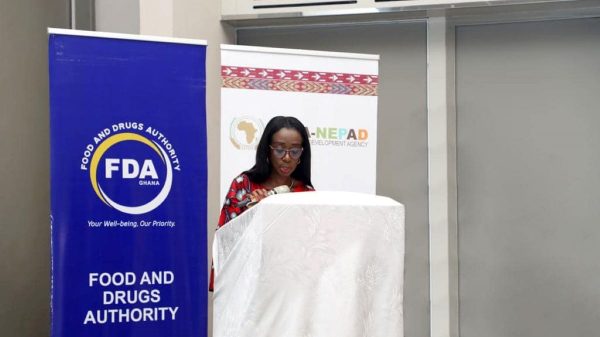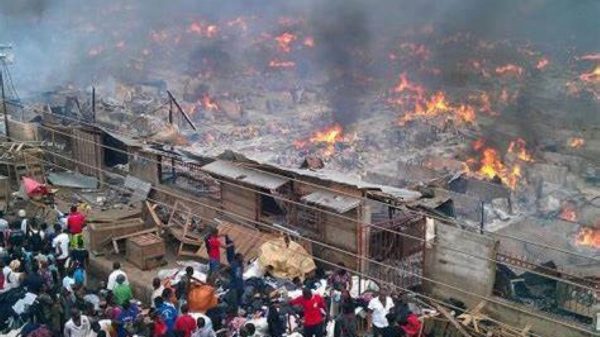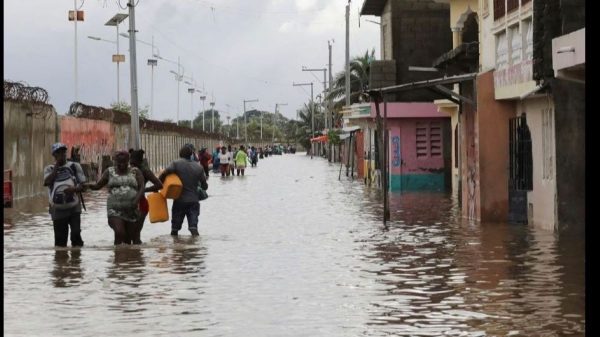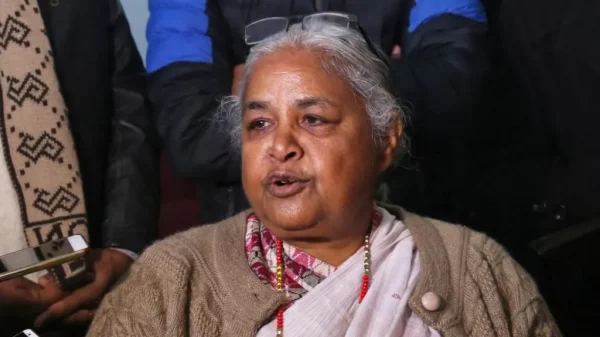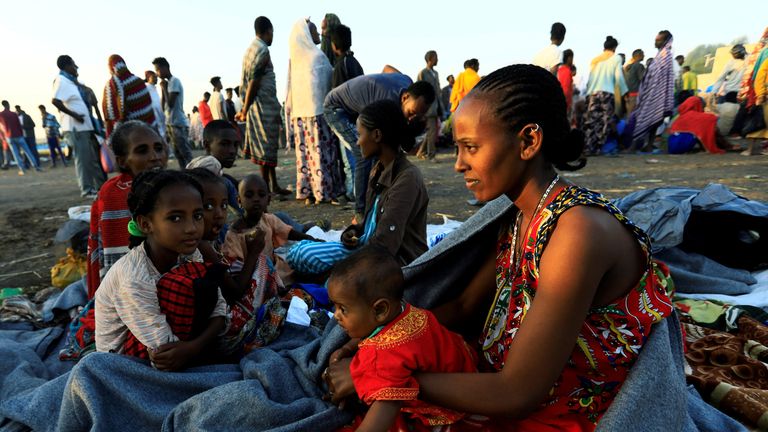An IPC analysis update conducted in Tigray and the neighbouring zones of Amhara and Afar by the United Nations and other aid groups concludes that over 350,000 people are in Catastrophe (IPC Phase 5) between May and June 2021. This is the highest number of people in IPC Phase 5 since the 2011 famine in Somalia.
This severe crisis results from the cascading effects of conflict, including population displacements, movement restrictions, limited humanitarian access, loss of harvest and livelihood assets, and dysfunctional or non-existent markets.
As of May 2021, 5.5 million people (61% of the people in the area) are facing high levels of acute food insecurity: 3.1 million people are in Crisis (IPC Phase 3) and 2.1 million people in Emergency (IPC Phase 4). This is despite the major humanitarian food assistance that has reached up to 5 million people in the last few months.
In the areas where data was sufficient to conduct a projection analysis, the situation is expected to worsen through September 2021, with 4.4 million people (74% of the population analysed) in Crisis or worse (IPC Phase 3 or above). Among these, an estimated 400,000 people are expected to face Catastrophe (IPC Phase 5). These estimations take into account an expansion of humanitarian assistance to reach 60% of the population. If the conflict further escalates or, for any other reason, humanitarian assistance is hampered, most areas of Tigray will be at Risk of Famine.
This IPC analysis serves as an urgent call for the delivery of crucial life-saving assistance for the millions affected. Urgent action is needed to scale up the geographic coverage and quantity of assistance: more people need more assistance, more consistently, in all affected areas.
Despite significant ongoing humanitarian food assistance, an estimated 5.5 million people (61% of the analysed population in Tigray and neighbouring parts of Amhara and Afar) are facing high levels of acute food insecurity (IPC Phase 3 or above) as of May – June 2021. Of these, about 3.1 million people (34%) are classified in Crisis (IPC Phase 3), 2.1 million people (23%) are in Emergency (IPC Phase 4) and 353,000 people (4%) are in Catastrophe (IPC Phase 5). The zones where active conflict is ongoing and other hard to reach areas, namely North Western, Central and Eastern zones, register the highest levels of people in IPC Phase 4 and 5.
In the areas analysed in Tigray, currently, 4.1 million people are estimated to be in Crisis or worse (IPC Phase 3 or above), representing 70% of the population analysed (5.8 million people). Overall, 1.9 million people (34% of the population) in Tigray are classified in Crisis (IPC Phase 3), 1.8 million people (31%) are classified in Emergency (IPC Phase 4), and 353,000 people (6%) are in Catastrophe (IPC Phase 5). The population in Catastrophe is concentrated in North Western clusters, Central clusters, and Eastern cluster 1.
In Amhara, out of 2.5 million people from North Gondar, North Wello and Waghimra administrative zones, about one million people (41% of the population) are classified in Crisis or worse (IPC Phase 3 or above), 775,000 (31% of the population) are in Crisis (IPC Phase 3) and 234,000 people (10% of the population) are classified in Emergency (IPC Phase 4).
In Afar region, Zone 2 and Zone 4 were analysed and included about 750,000 people. Of these, 452,000 people (60% of the population) were classified in Crisis or worse (IPC Phase 3 or above), including 377,000 people (50%) in Crisis (IPC Phase 3) and 75,000 people (10%) in Emergency (IPC Phase 4).


















































